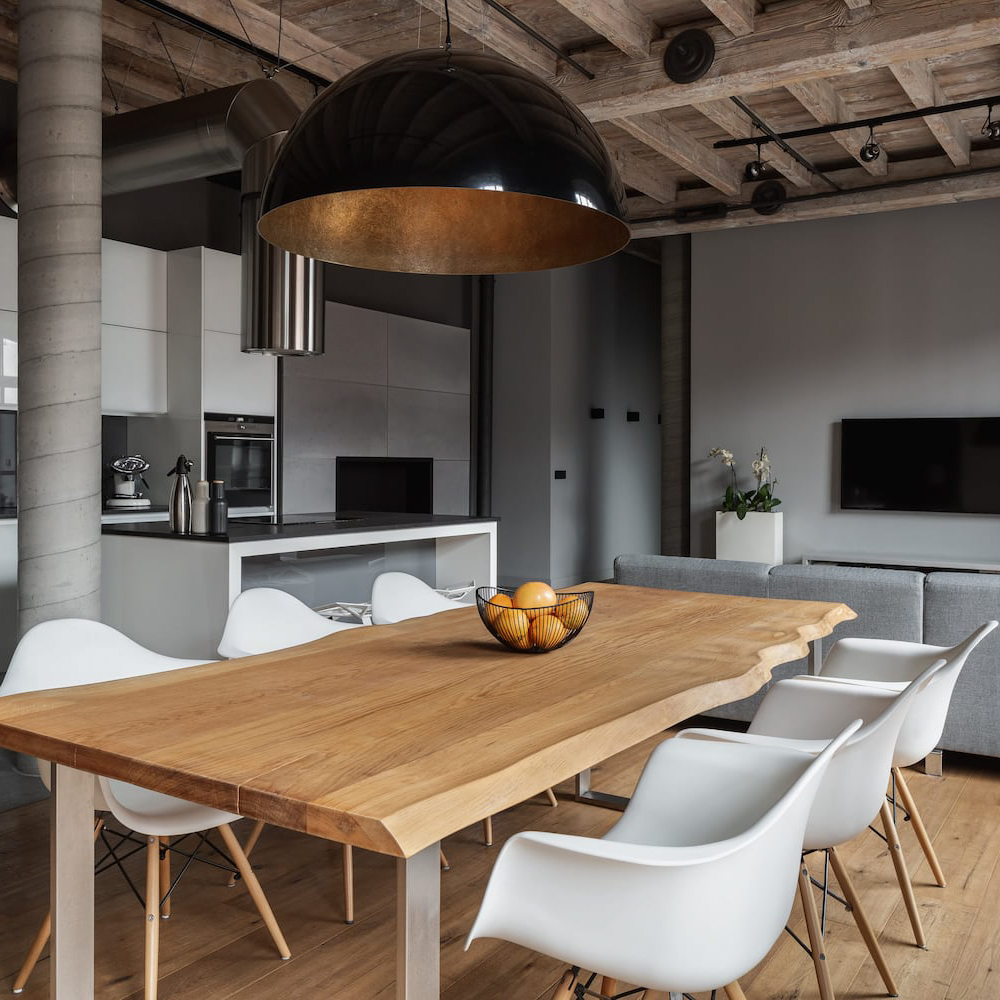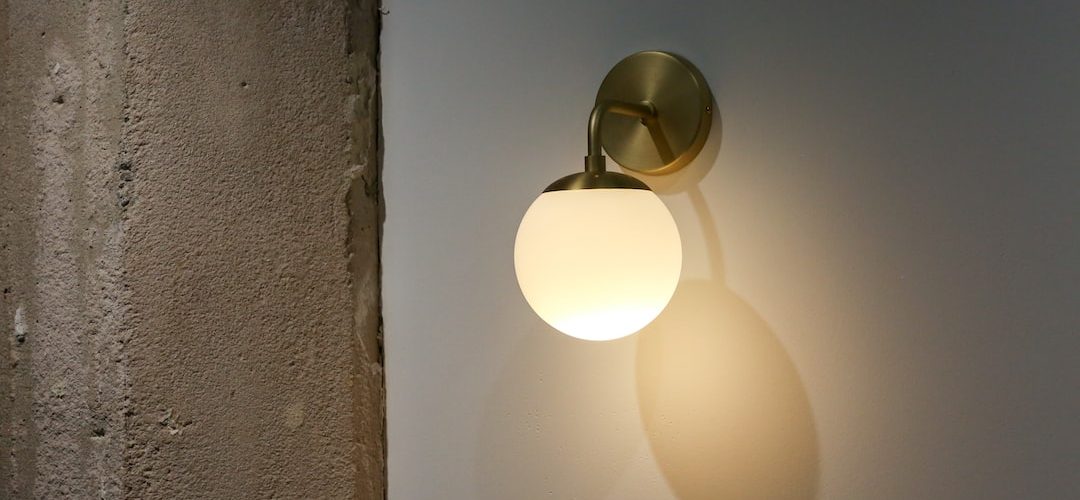
The Art of Creating Ambience: A Guide to Indoor Lighting
Indoor lighting is a critical aspect of any interior design. Not only does it serve the practical purpose of illuminating a space, but it can also create a mood and atmosphere that drastically impacts the overall feel of a room. In this article, we will discuss the different types of indoor lighting and how to use them to create the perfect ambience.
Ambient Lighting
Ambient lighting is the foundational level of lighting in a room. Its purpose is to provide a general, uniform level of illumination. This type of lighting is typically achieved through overhead fixtures such as recessed lighting or pendant lights. Ambient lighting should be used to set the overall tone of a space and provide enough brightness for everyday activities such as reading, cooking, and watching TV.
Task Lighting
Task lighting is used to provide focused illumination for specific activities, such as working at a desk or preparing food in the kitchen. It is often provided through table lamps, floor lamps, or under-cabinet lighting. Task lighting should be bright enough to prevent eye strain but not so bright that it causes glare or shadows.
Accent Lighting
Accent lighting is used to highlight specific features or objects in a room, such as artwork, architectural details, or plants. It can be achieved through directional recessed lighting, track lighting, or strategically placed table lamps. Accent lighting should be brighter than ambient lighting but not so bright that it becomes the primary source of light in the room.
The Importance of Color Temperature
Another important factor to consider when selecting indoor lighting is color temperature. Color temperature refers to the warmth or coolness of the light source, measured in degrees Kelvin (K). Warmer color temperatures (around 2700K) create a cozy, intimate atmosphere and are often used in family rooms, bedrooms, and dining rooms. Cooler color temperatures (around 5000K) create a bright, energizing atmosphere and are often used in workspaces and kitchens.
The Role of Dimmers
Finally, it is essential to consider the role of dimmers in indoor lighting. Dimmer switches allow you to adjust the brightness of a light source to suit your needs, creating a more versatile and customizable lighting scheme. Using dimmers can help create a range of different moods and atmospheres in a room, from bright and energetic to warm and relaxing.




